ARTICLE AD BOX

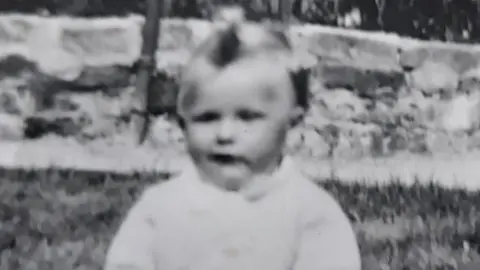 Family handout
Family handout
Susan was no more than puzzled when she saw the first results from her home DNA testing kit.
Now a woman in her mid 70s, she had never known much about her grandfather, and paid for the private test to see if it threw up anything unusual.
"I did notice there was a lot of Irish heritage, which as far as I knew was wrong," she says.
"But I just pushed it aside and didn't think any more of it. I stopped paying for my subscription and that was that."
Except it very much wasn't.
It took another six years for Susan - not her real name - to realise everything she knew about her family history was wrong.
She later found out that back in the 1950s, she had been swapped at birth for another baby in a busy NHS maternity ward.
Her case is now the second of its type uncovered by the BBC. Lawyers say they expect more to come forward driven by the boom in cheap genetic testing and ancestry websites.
Out of the blue
A sharp, funny woman with shoulder-length white hair, Susan tells me her story from her sunny front room somewhere in southern England.
Her husband is sat next to her, jogging her memory and chipping in from time to time.
After taking that DNA test almost a decade ago, the genealogy company entered her data into its vast family tree, allowing other users to make contact with their genetic relatives – close or distant.
Six years later she received a message out of the blue.
The stranger said that his data matched hers in a way that could only mean one thing: he must be her genetic sibling.
"That was just panic. It was every emotion I could think of, my brain was all over the place," she says.
Susan's first reaction was that she may have been secretly adopted. Both her parents had died some years before, so she plucked up the courage and asked her older brother.
He was sure the whole thing was a scam. His sister had always been part of his life, and he was "absolutely certain" that one of his first memories was of his mother being pregnant.
Susan though still had her suspicions. She was slightly taller than her brother and, with her striking blonde hair, had never looked like the rest of family.
Her eldest daughter did some digging and found a copy of all the births registered in the local area on the day her mother was born.
The next baby on the list, registered at the same NHS hospital, had the exact same surname as the man who had contacted her through the genealogy website.
It couldn't be a coincidence. The only possible explanation was a mistake or mix-up in that maternity ward more than seven decades ago.

 Getty Images
Getty Images
In the 1950s and 60s babies were often cared for by midwives in large nurseries in NHS hospitals.
Until recently cases like this were unheard of in the UK, although there have been a handful of examples in other countries.
The standard practice in the NHS today is to place two wristbands around babies' ankles immediately after birth and keep mother and child together through their hospital stay.
In the 1950s maternity care was very different. Babies were often separated, placed in large nursery rooms and cared for by midwives.
"The whole system was far less sophisticated back then," says Jason Tang, from the London law firm Russell Cooke, which is representing Susan.
"It may be that staff didn't attach a card or tag immediately, or that it simply fell off and was put back on the wrong baby or on the wrong crib."
From the late 1940s the UK also saw a post-war baby boom putting more pressure on busy maternity services in the newly formed NHS.

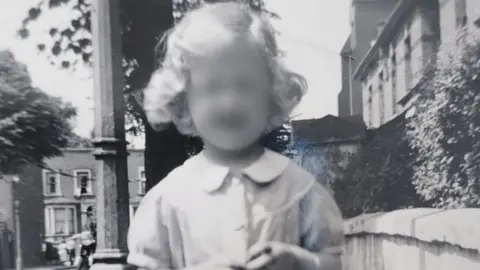 Family handout
Family handout
Susan grew up believing her mother and father were her biological parents and only realised the truth after taking a home DNA test
This, of course, meant nothing to Susan for decades.
She grew up as part of a "normal, working class" household, met her husband and ended up working for the NHS herself in a "hands-on" clinical role.
Other than "a bit of the usual trauma" in her teenage years, she remembers her parents as a "very good, loving" couple who "did everything they could and always encouraged me".
"In a way, I'm so glad they are not here anymore to see this," says Susan. "If they are up there watching me, I really hope they don't know what's gone on."
If home DNA tests had been available earlier, she doesn't think she could have told them the truth "because it would have been so awful".
"But I really don't think that for me, anything has changed about them, they are still mum and dad," she says.
On the other hand, her relationship with the man she has always known as her older brother has, she thinks, been strengthened by what she's gone through.
"It's actually brought us closer together. Now we meet up more often and I get cards sent to 'my dear sister'," she says.
"Both he and his wife have been absolutely fantastic, honestly I cannot praise them enough."
She remembers receiving another "lovely letter" from a cousin at the time who told her, "Oh don't worry, you're still part of the family".
As for her new blood relations, she says the situation has been more difficult.
She has met up with the man who contacted her, her genetic sibling, and laughs as she remembers how similar they both looked.
"If you'd put a wig on him and a bit of makeup, it could honestly have been me," she jokes.
She has also seen photographs of the other person who she was swapped with at birth and her sons.
But building a relationship with that new side of her family has not been easy.
"I know they are my biological relatives but I didn't grow up with them so there's not that emotional connection there," she says.
"They closed ranks, basically, through loyalty to their sister which is admirable and I understand."
Susan's genetic parents died some years ago but she's been told she looks like her biological mother.
"I'd still like to know a bit more about her – what she was like and all that – but I never will, so there you go," she says.
"But if I take the emotion out of it, and just think logically and clearly, I was better off how I grew up."
Historic mistake
Susan is one of the first to ever receive compensation - the amount is not being disclosed - in a case like this.
She needed to take a second DNA test before the NHS trust involved accepted its historic mistake and made a "very lovely" apology.
Last year, the BBC reported on another decades-old case of babies swapped at birth, which again came to light after someone was given a DNA testing kit for Christmas.
Susan says the settlement was never about money but the recognition a mistake had been made all those years ago.
"I suppose you always want someone to blame, don't you?" she asks.
"But I know this will be with me for the rest of my life. I just wanted a conclusion."

 2 months ago
35
2 months ago
35
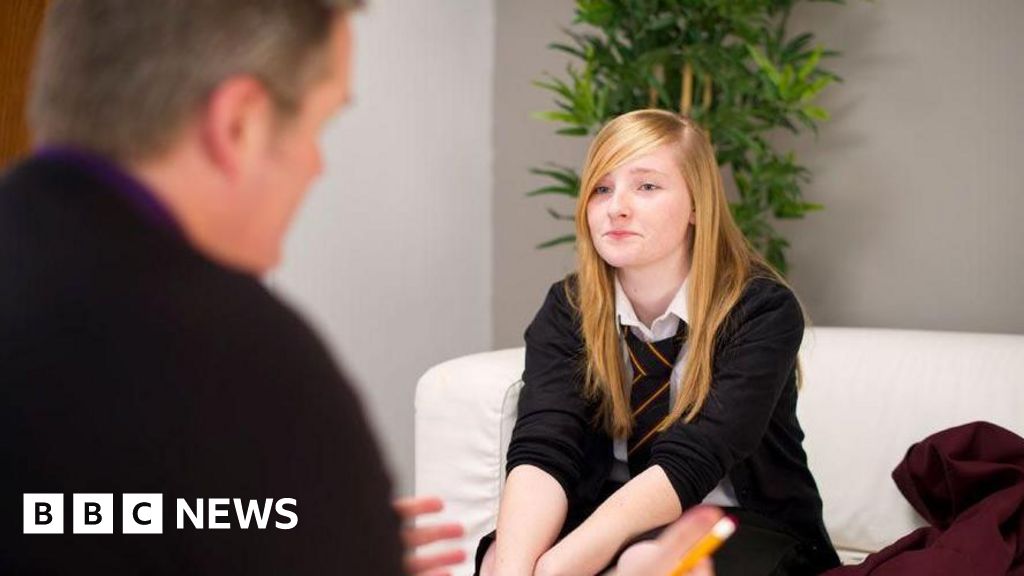
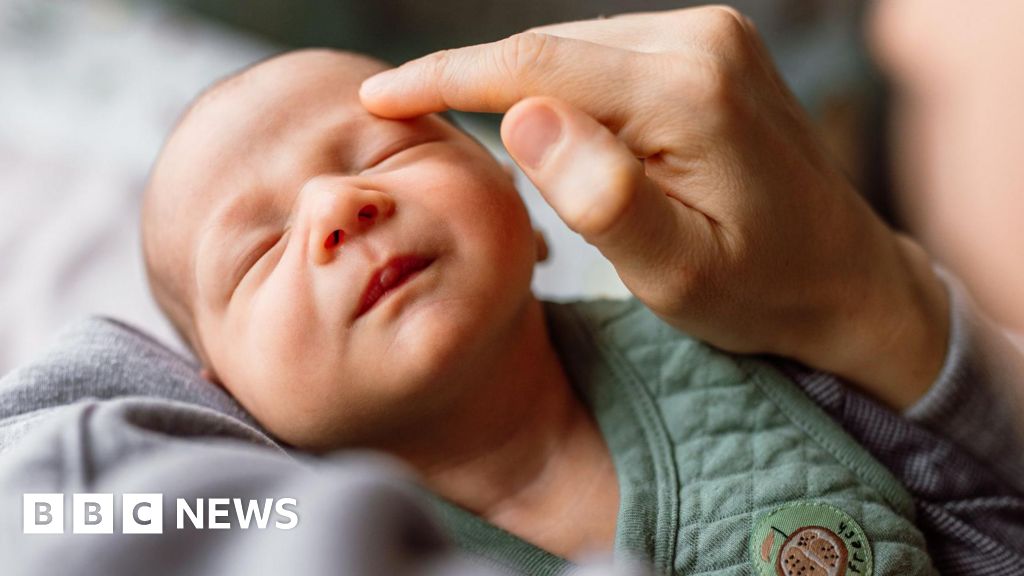
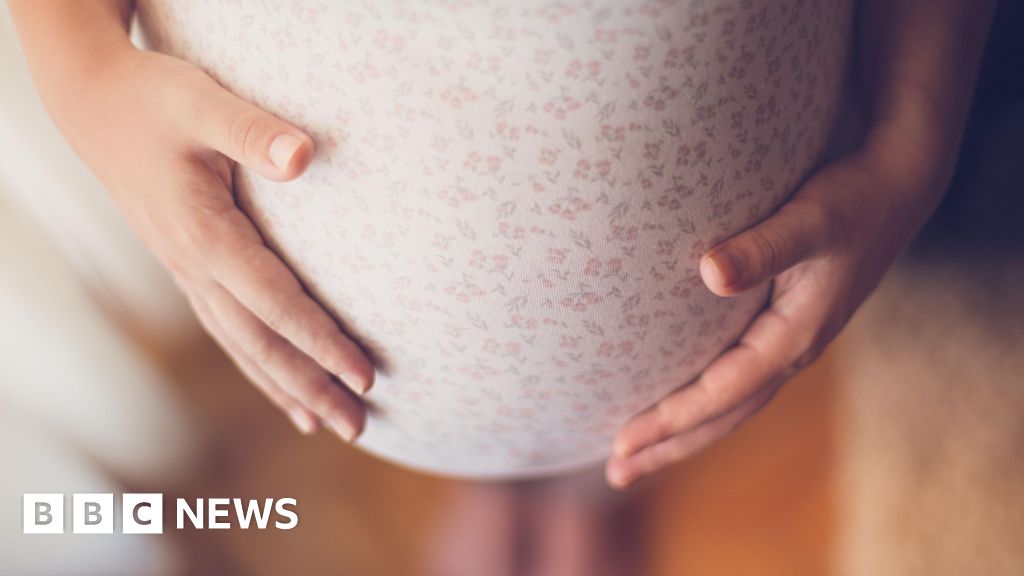
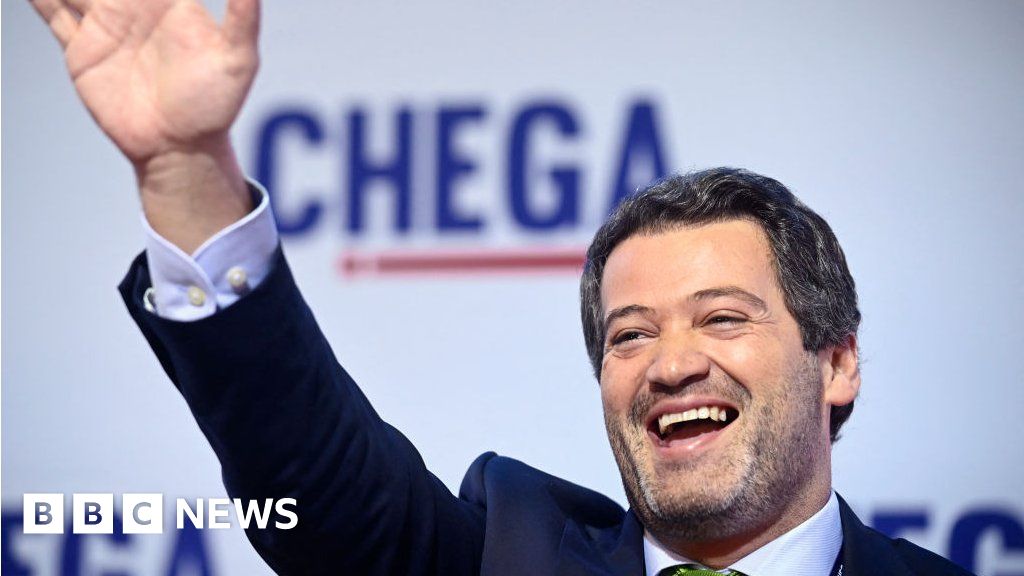

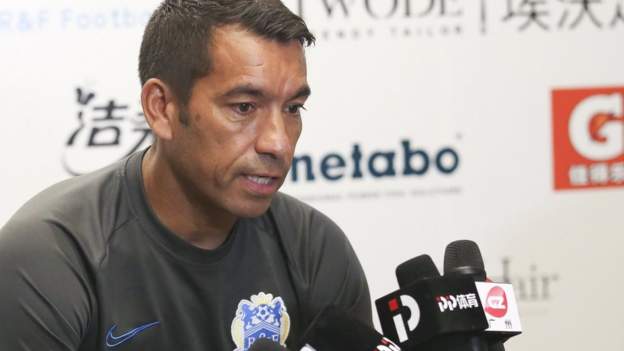
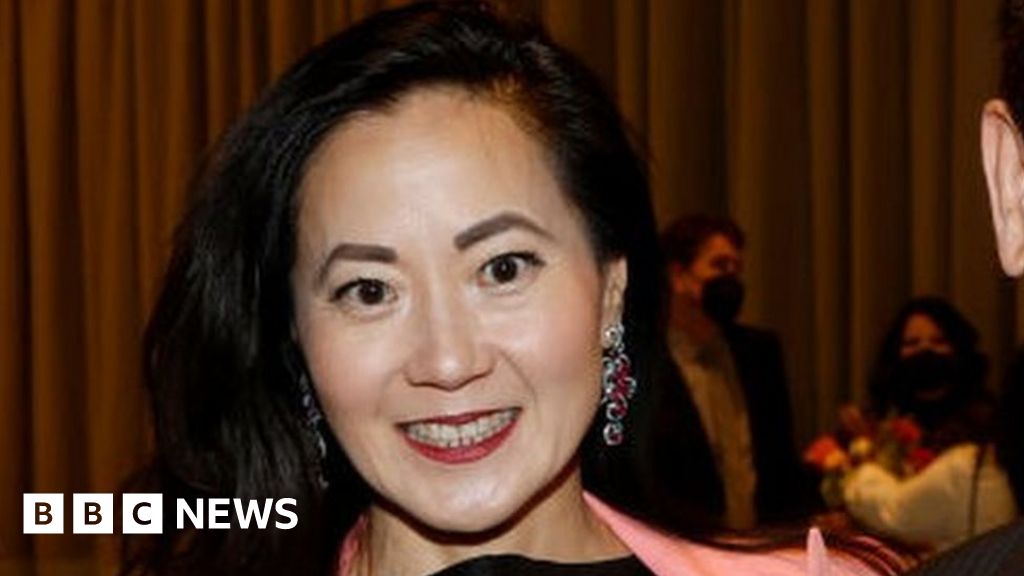
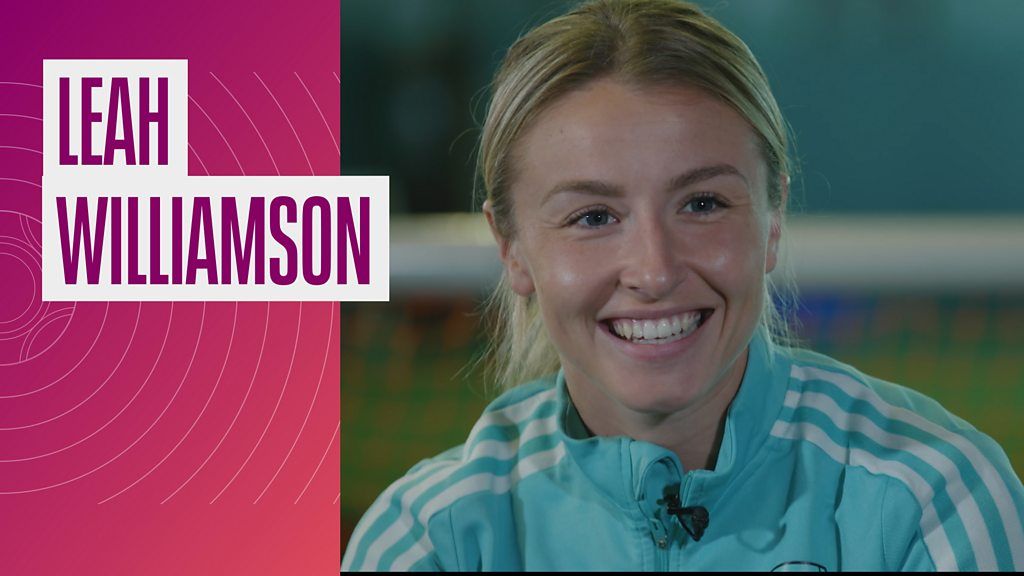
 English (US) ·
English (US) ·